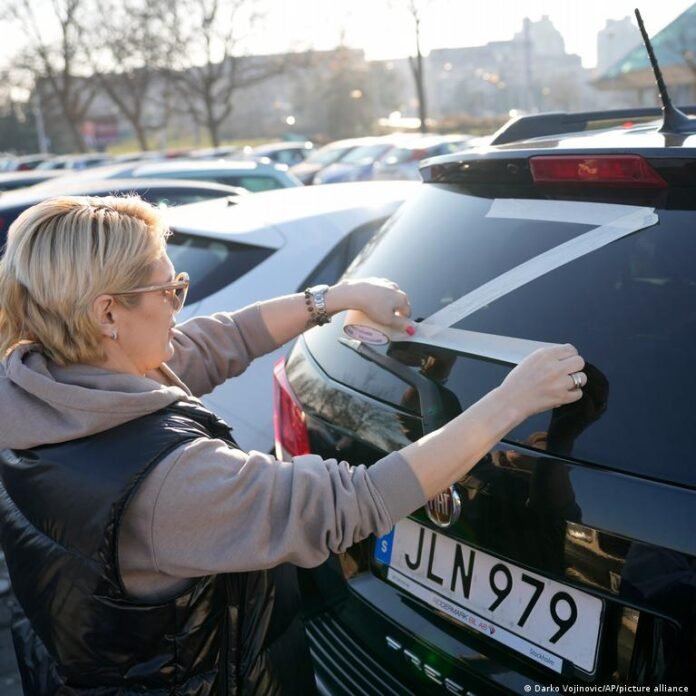
A Russian citizen was forced to remove the “Z” mark on his car by Kazakhstan local nationalists. During the conflict, a Russian citizen driving a Volkswegon Golf was stopped and told to take the “Z” symbol off because doing so was restricted across the globe.
In #Kazakhstan, a #Russian was forced to remove a Z symbol from his car window. pic.twitter.com/TQqWd6rmVW
— NEXTA (@nexta_tv) January 27, 2023
Russians living abroad are not treated well due to Russia’s invasion of Ukraine; they are referred to as warmongers, propagandists, and invaders. Fortunately, the Russian man in Kazakhstan with a Z symbol painted on his car did not suffer violence or beating. Kazakh citizens removed Z from his car and released him.
According to Wikipedia, the Z symbol has evolved into a militarist sign that Russian citizens use to support the invasion and in government propaganda. Several nations outside of Russia have outlawed the symbol’s display in public.
Rivals of the war have derogatorily referred to the “Z” symbol as a “swastika” or “swastika,” in allusion to the Nazi swastika, or as ziga about Sieg Heil. Additionally, some Ukrainian politicians and Internet bloggers began referring to Russia as Ruzzia.
Like the invasion stripes employed in the Normandy landings during World War II, military analysts believe the markings are identification marks meant to reduce the friendly fire.
According to some military experts, the symbols help separate various Russian army groups from one another. Former Royal United Services Institute director Michael Clarke noted that the U.S. military used chevrons during the 2003 invasion of Iraq as an example, saying that these symbols will be location-based.
Through the Z symbol, the Russians communicate where the unit is going.” Sergey Kuvykin, a Russian veteran, stated in an interview with Life that characters like “a ‘Z’ in a square, a ‘Z’ in a circle, a ‘Z’ with a star or simply ‘Z’ on its own” have been used to distinguish teams, confirmed the latter assumption.